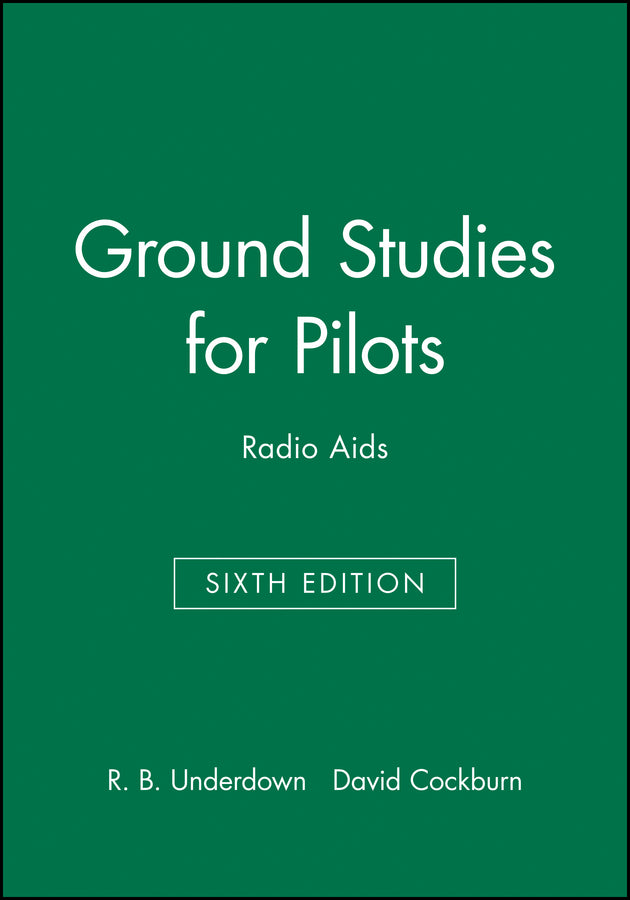Description
Condition: BRAND NEW
ISBN: 9780632055739
Year: 2001
Publisher: John Wiley & Sons (UK)
Pages: 314
Description:
This well regarded series for students taking the commercial and
airline transport pilot licences has been substantially revised to
bring it into line with the new European Joint Aviation
Requirements (JARs) for flight crew licensing. Each volume deals
with the material required by one of the new JAR papers.
This volume covers those subjects traditionally referred to as
'Radio Aids'. It includes not only those systems, ground and
airborne equipment, comprising the JAR Radio Navigation paper, but
also the basic principles of radio wave propagation and
communications required in the Aircraft General paper. The volume
also covers those warning systems which use radio principles.
It continues to cover basic principles, as well as
communications and navigation equipment. Emphasis on obsolete
systems has been reduced to allow increased coverage of modern
equipment. Coverage has been expanded on displays and satellite
communications and navigation systems, as well as warning systems
for terrain and collision avoidance and altitude monitoring.
The opportunity has been taken to simplify the presentation of
information so as to aid revision work. Many test questions and
answers have been included, based on the JAR syllabus.
ISBN: 9780632055739
Year: 2001
Publisher: John Wiley & Sons (UK)
Pages: 314
Description:
This well regarded series for students taking the commercial and
airline transport pilot licences has been substantially revised to
bring it into line with the new European Joint Aviation
Requirements (JARs) for flight crew licensing. Each volume deals
with the material required by one of the new JAR papers.
This volume covers those subjects traditionally referred to as
'Radio Aids'. It includes not only those systems, ground and
airborne equipment, comprising the JAR Radio Navigation paper, but
also the basic principles of radio wave propagation and
communications required in the Aircraft General paper. The volume
also covers those warning systems which use radio principles.
It continues to cover basic principles, as well as
communications and navigation equipment. Emphasis on obsolete
systems has been reduced to allow increased coverage of modern
equipment. Coverage has been expanded on displays and satellite
communications and navigation systems, as well as warning systems
for terrain and collision avoidance and altitude monitoring.
The opportunity has been taken to simplify the presentation of
information so as to aid revision work. Many test questions and
answers have been included, based on the JAR syllabus.

